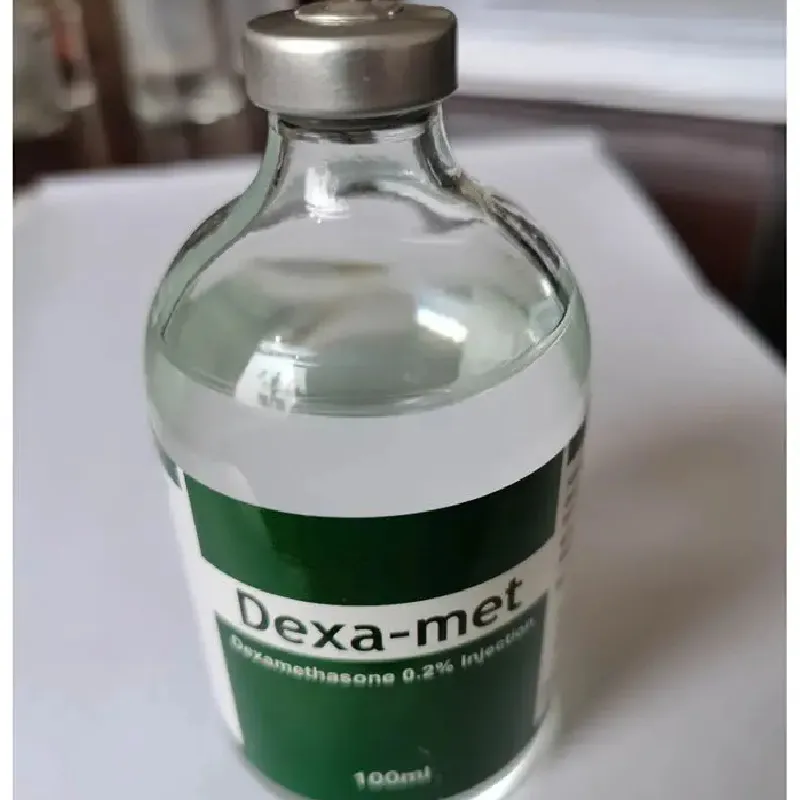- Afrikaans
- Albanian
- Amharic
- Arabic
- Armenian
- Azerbaijani
- Basque
- Belarusian
- Bengali
- Bosnian
- Bulgarian
- Catalan
- Cebuano
- Corsican
- Croatian
- Czech
- Danish
- Dutch
- English
- Esperanto
- Estonian
- Finnish
- French
- Frisian
- Galician
- Georgian
- German
- Greek
- Gujarati
- Haitian Creole
- hausa
- hawaiian
- Hebrew
- Hindi
- Miao
- Hungarian
- Icelandic
- igbo
- Indonesian
- irish
- Italian
- Japanese
- Javanese
- Kannada
- kazakh
- Khmer
- Rwandese
- Korean
- Kurdish
- Kyrgyz
- Lao
- Latin
- Latvian
- Lithuanian
- Luxembourgish
- Macedonian
- Malgashi
- Malay
- Malayalam
- Maltese
- Maori
- Marathi
- Mongolian
- Myanmar
- Nepali
- Norwegian
- Norwegian
- Occitan
- Pashto
- Persian
- Polish
- Portuguese
- Punjabi
- Romanian
- Russian
- Samoan
- Scottish Gaelic
- Serbian
- Sesotho
- Shona
- Sindhi
- Sinhala
- Slovak
- Slovenian
- Somali
- Spanish
- Sundanese
- Swahili
- Swedish
- Tagalog
- Tajik
- Tamil
- Tatar
- Telugu
- Thai
- Turkish
- Turkmen
- Ukrainian
- Urdu
- Uighur
- Uzbek
- Vietnamese
- Welsh
- Bantu
- Yiddish
- Yoruba
- Zulu
Sep . 02, 2024 12:37 Back to list
oxytetracycline injection for poultry
The Use of Oxytetracycline Injection in Poultry
Oxytetracycline is a broad-spectrum antibiotic that has been widely used in veterinary medicine, particularly in the poultry industry. Its primary function is to treat bacterial infections in birds, ensuring their health and productivity. Administered through injections, oxytetracycline has proven to be effective against various pathogens that can affect poultry, such as Mycoplasma, Salmonella, and Escherichia coli.
The Use of Oxytetracycline Injection in Poultry
One significant advantage of oxytetracycline is its relatively low cost and ease of administration. The injection route allows for rapid absorption and ensures that the medication reaches therapeutic levels in the bloodstream quickly. This is particularly important in poultry farming, where the time between treatment and recovery needs to be minimized to reduce losses and maintain production efficiency. In addition to treating existing infections, oxytetracycline can also be used prophylactically in some cases, although this practice requires careful management to avoid the development of antibiotic resistance.
oxytetracycline injection for poultry

Despite its benefits, the use of oxytetracycline injection in poultry is not without its challenges. One major concern is the potential for antibiotic resistance. Overuse or misuse of antibiotics can lead to resistant strains of bacteria, which can pose significant threats to both animal and human health. The poultry industry must adopt responsible antibiotic stewardship practices to mitigate this risk, including rotating antibiotics, adhering to withdrawal times, and reducing reliance on antibiotics in general.
Furthermore, there are increasing regulatory pressures on the use of antibiotics in food production. In many regions, the use of certain antibiotics can be restricted, or they may be banned entirely in food-producing animals. This necessitates research into alternative treatments and management practices, such as vaccines, probiotics, and improved biosecurity measures.
In conclusion, oxytetracycline injection remains a vital tool in poultry health management, helping to control infections and promote growth. However, its usage must be carefully managed to ensure the long-term sustainability of poultry farming and to protect public health. The future of antibiotic use in poultry will likely involve a combination of responsible use, alternative therapies, and ongoing research to address the challenges of disease control and antibiotic resistance.
-
Guide to Oxytetracycline Injection
NewsMar.27,2025
-
Guide to Colistin Sulphate
NewsMar.27,2025
-
Gentamicin Sulfate: Uses, Price, And Key Information
NewsMar.27,2025
-
Enrofloxacin Injection: Uses, Price, And Supplier Information
NewsMar.27,2025
-
Dexamethasone Sodium Phosphate Injection: Uses, Price, And Key Information
NewsMar.27,2025
-
Albendazole Tablet: Uses, Dosage, Cost, And Key Information
NewsMar.27,2025













